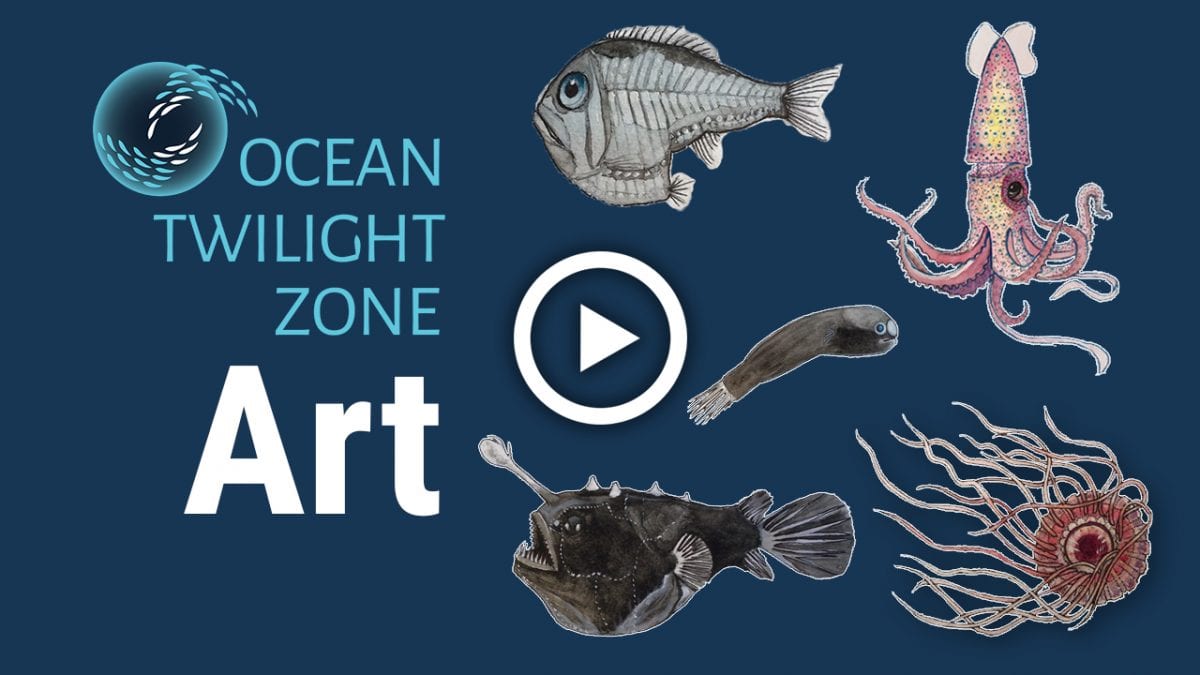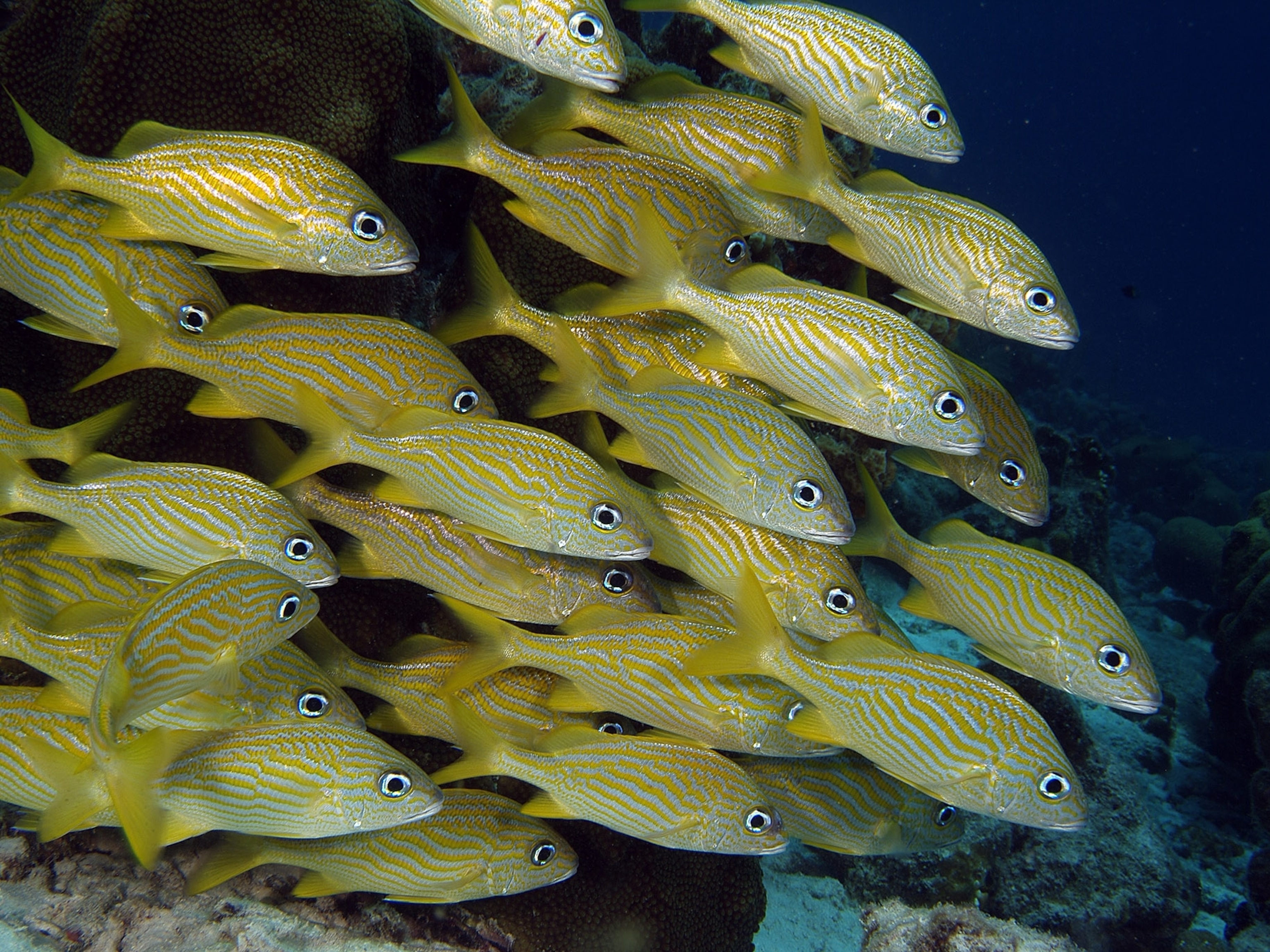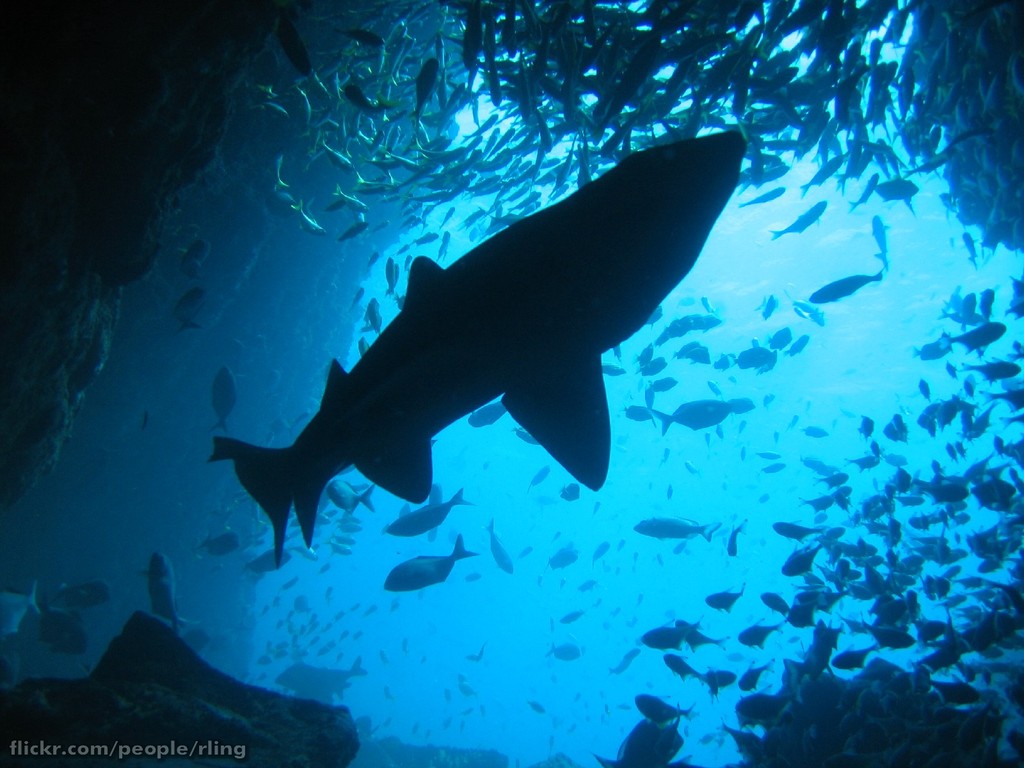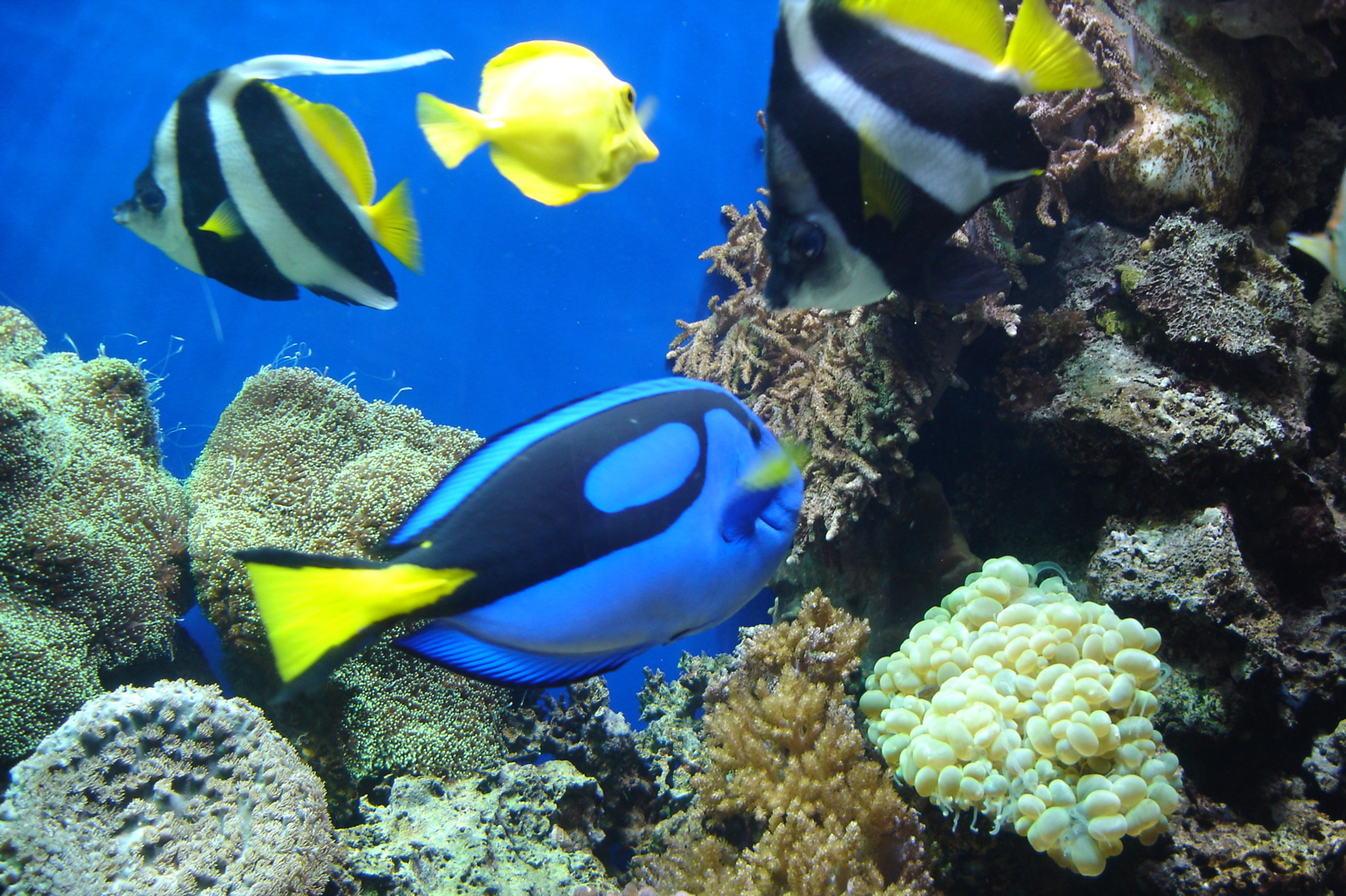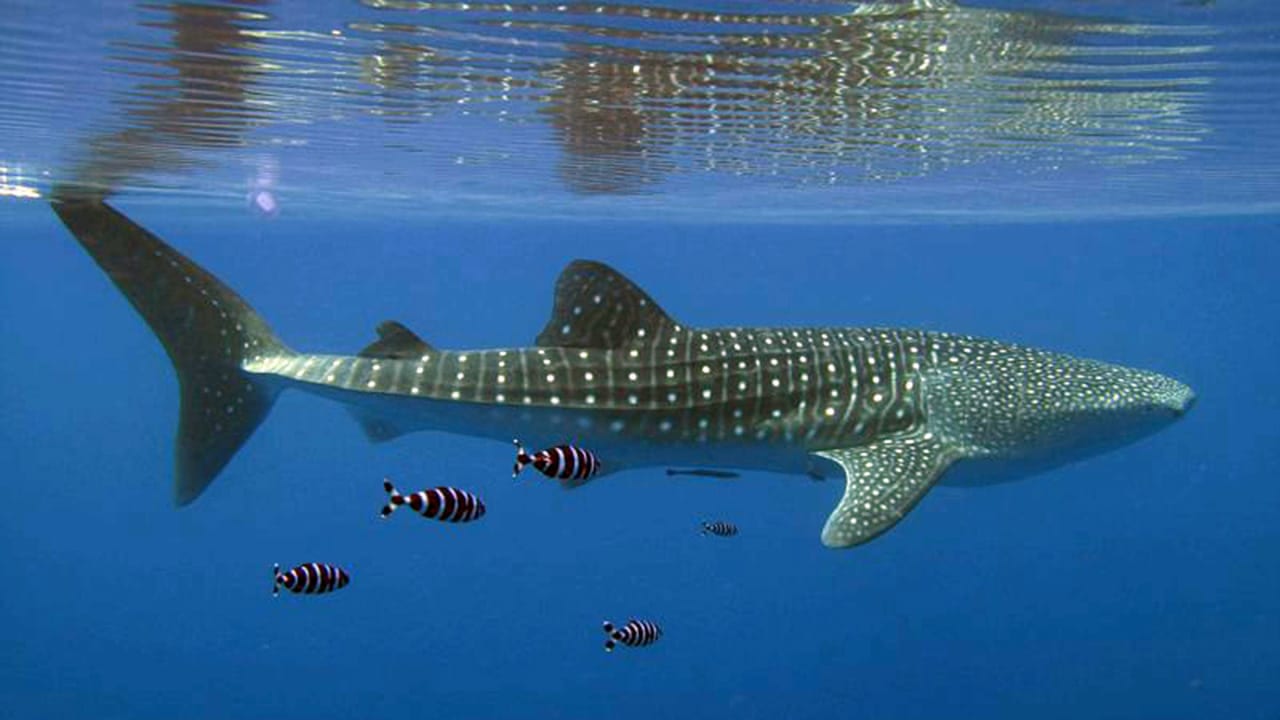Tropical Ocean Animals Adaptations

Encourage students to think about adaptations in marine animals related to obtaining food providing camouflage or safety from predators or dealing with changes in temperature salinity pressure lack of sunlight and need for oxygen.
Tropical ocean animals adaptations. Prominent Polar Region Animal Adaptations. This is an important adaptation as it protects the organisms from the extreme cold. Other plants like orchids bromeliads and ferns grow as epiphytes high up in the canopy where there is more sunlight.
Despite their adaptations for life at sea sea turtles must breathe air with lungs like humans do. Tropical rainforests are the most biologically diverse terrestrial ecosystems in the world. PowToon is a free.
The intertidal zone the pelagic zone and the abyss. They have streamlined bodies to help them swim fast and gills that suck the oxygen out of the water so they can breathe. What adaptations do sea turtles have to survive.
Animals adapt to their environments to help them survive. Viscosity increases with decreasing temperature. Camels long leg eyelids hump are all examples of adaptation.
Common oceanic animal adaptations include gills special breathing organs used by some oceanic animals like fish and crabs. Because the reefs offer natural protection to many of the fish many interesting adaptations. This prevents them from slipping on the ice.
Pinnipedsswim by paddling their flippers. In a volatile and competitive ecological environment like the tropical rainforests animals need to adapt to survive. They have a swim bladder to control their bouyancy.






